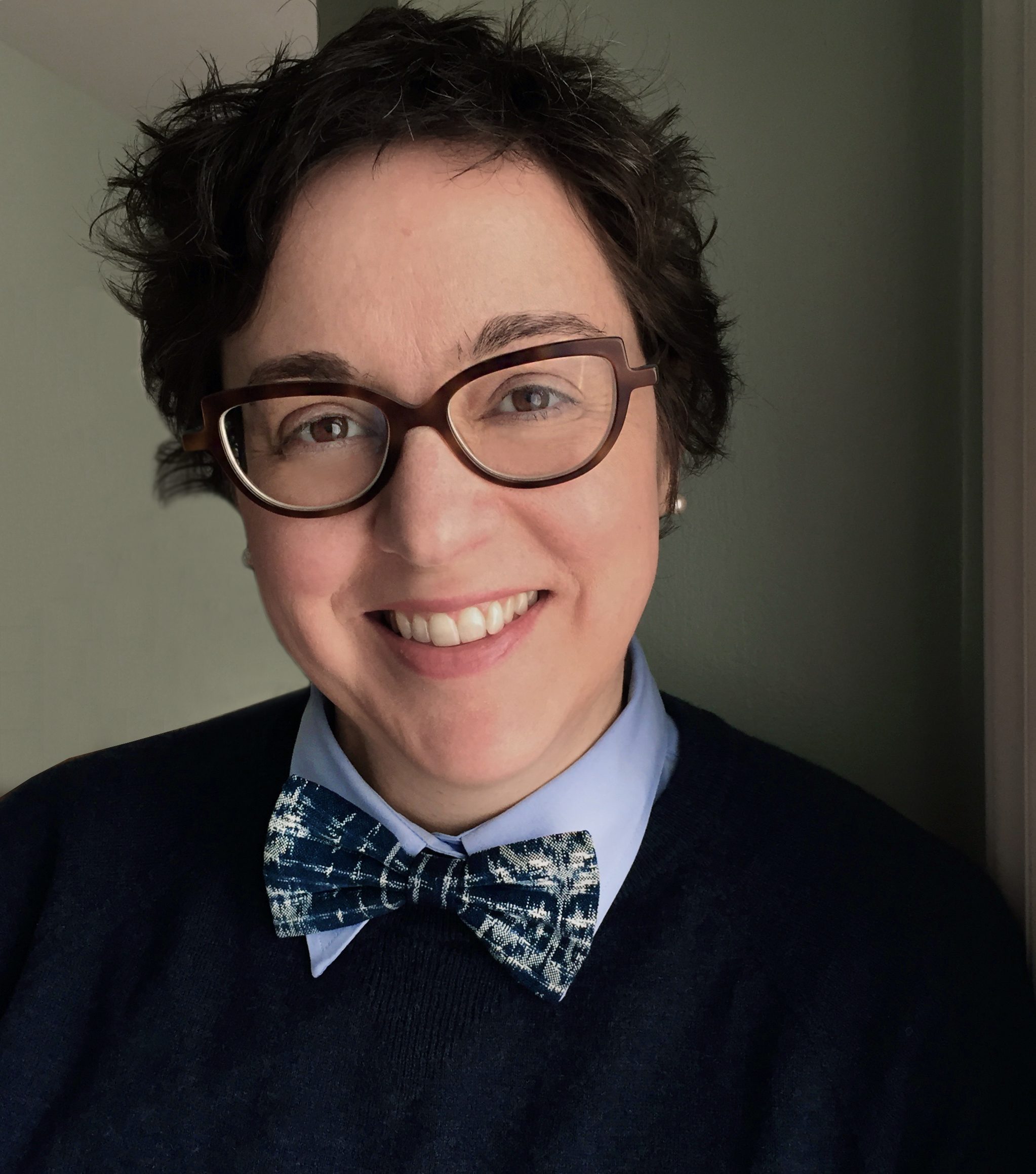An interview with Katie Bowler Young (Poetry ’07)
2007 poetry alum Katie Bowler Young was recently interviewed about her biography Enrique Alférez: Sculptor for Artworks, the weekly podcast of the National Endowment for the Arts. Read an excerpt of the interview (and find a link to the podcast) below:

An Interview with Katie Bowler Young
Jo Reed: I wanted to talk about art in public space. He certainly has work in museums as well and private collections. But perhaps using [Enrique] Alférez as a jumping off point, I’d like your thoughts on what art in public spaces brings to a community.
Katie Bowler Young: At its best, I think that public art provides a sense of comfort, reinforces identity and connection to place. When I reflect on my own point of origin for this book and think about the difficult period that I was going through and how I found a sense of security because I had access to the art that was in a public space, because I could sit there freely and admire it without being shooed away, there was no concern about my lingering there for extended periods of time and it gave me a place that I felt kind of protected from the worldly realities that I otherwise was facing and it began to spark curiosity and I think that curiosity is such an important part of inspiring us in terms of just how we live our lives that that’s the best that we can get from public art.
Jo Reed: One of the many things I find so fascinating about Alférez’s work is that it is very distinctive and at the same time, most of his work was done in collaboration.
Katie Bowler Young: It’s one of the interesting parts of sculpture and particularly of the sculpture of this size, that as many as 15 or so people might be involved and it could take many months and if you look back at some of the architectural details that he created as well, that too was a collaboration with an architect who would have provided him with details or a narrative of what they were looking for and Alférez would have submitted drawings and that too, I think of as a collaborative, creative process. My instinct is that that is something that Alférez really enjoyed about sculpture as a form, as a discipline and he also drew extensively and I see that as more of what he was doing on his own and that too I see echoes of in my own work as a writer, looking at the writing or the work that I am doing by myself versus those pieces of what we create as writers that come from the network of people who in some way are influencing the words that end up on our pages.
Jo Reed: Now, we began this conversation by acknowledging you as a poet and I want to talk about process, your process, for a second and describe the differences for you in writing poetry and writing this biography.
Katie Bowler Young: Writing prose and writing poetry have a lot of similarities and a lot of differences. If there are points at which there are– let me take that from the top, Jo. Yes. So, in thinking about the differences between my approach to poetry and my approach to writing this biography, I can say that one thing that was consistent was my form of discipline, the time of day that I worked, approach to writing. What was very different was the type of research that needed to be conducted as well as the extraordinary amount of fact-checking, which of course, I also do in my poetry as well. If I am writing about particular birds or environmental landscapes, I will fact check myself to make sure that I’ve included the right details of nature. I think that one of the things that I find an interesting connection between my interest in poetry and my interest in Alférez’s art and writing biography really is also about the discipline of the visual artist. I very much enjoy writing about artists and their process, watching them work, seeing how they provide– I’m going to take it from the top again, Jo. This is a really interesting topic and I want to try to get it right. Thinking about my interest in writing both poetry and then also writing about art, I’m intrigued by the process that artists take when they are creating any form of visual art. So, whether they’re painting or sculpting or creating pottery or other clay works, I’m intrigued by the attention to detail, how they will spend a certain amount of attention to the detail in one area and then also give attention to the work as whole and that too is something that I think of as crucial when you’re working as a poet, that you are seeking just the right word to put in just the right place and in this economy of detail, it needs to be just so.
Read the rest of this interview, and listen to the podcast, here: https://www.arts.gov/stories/podcast/katie-bowler-young#transcript



